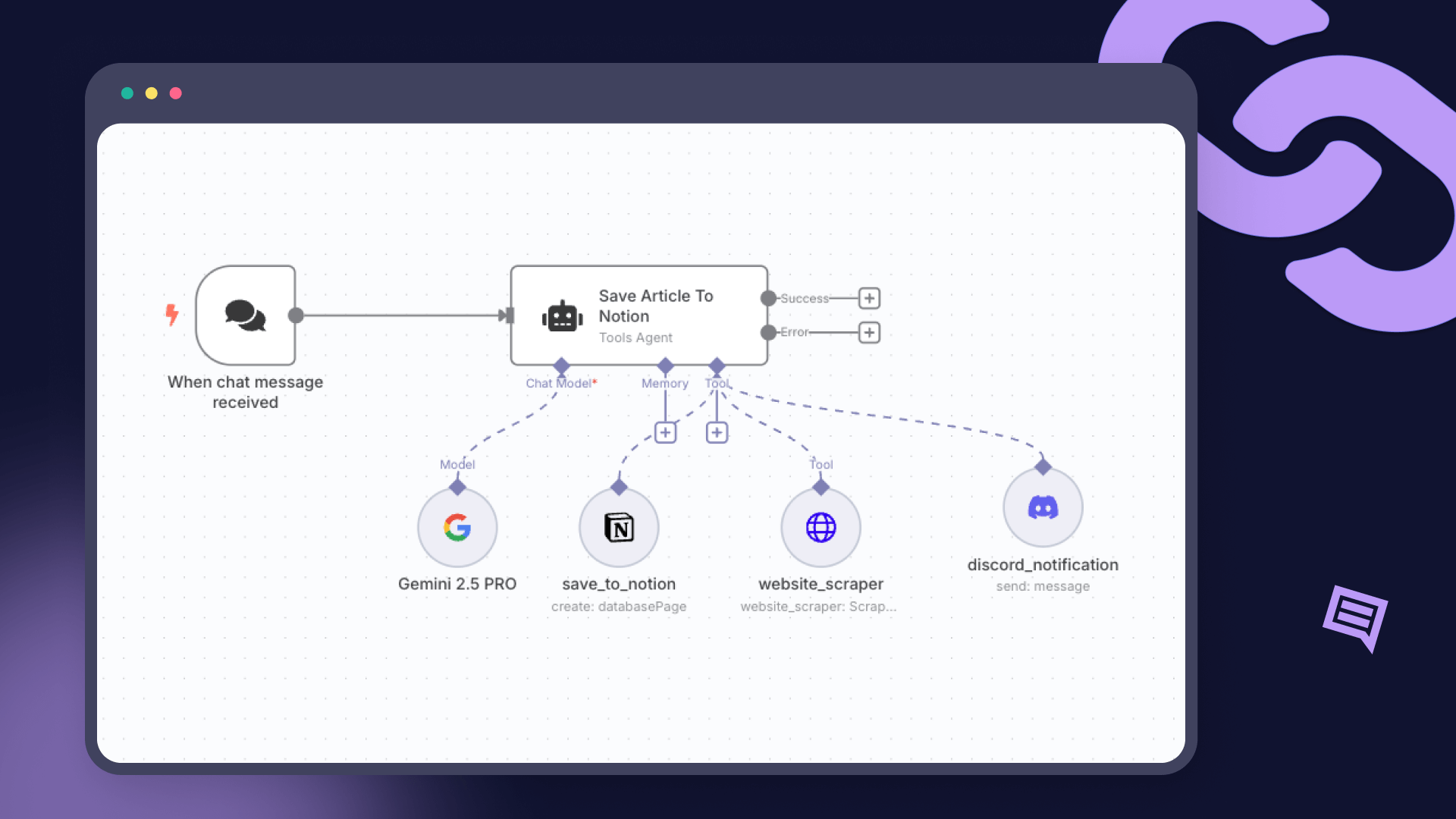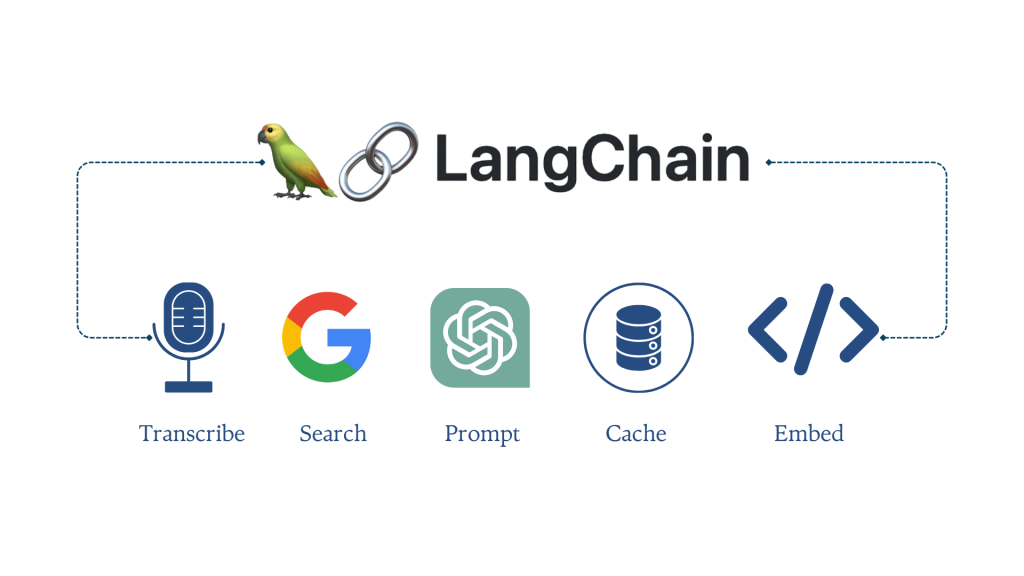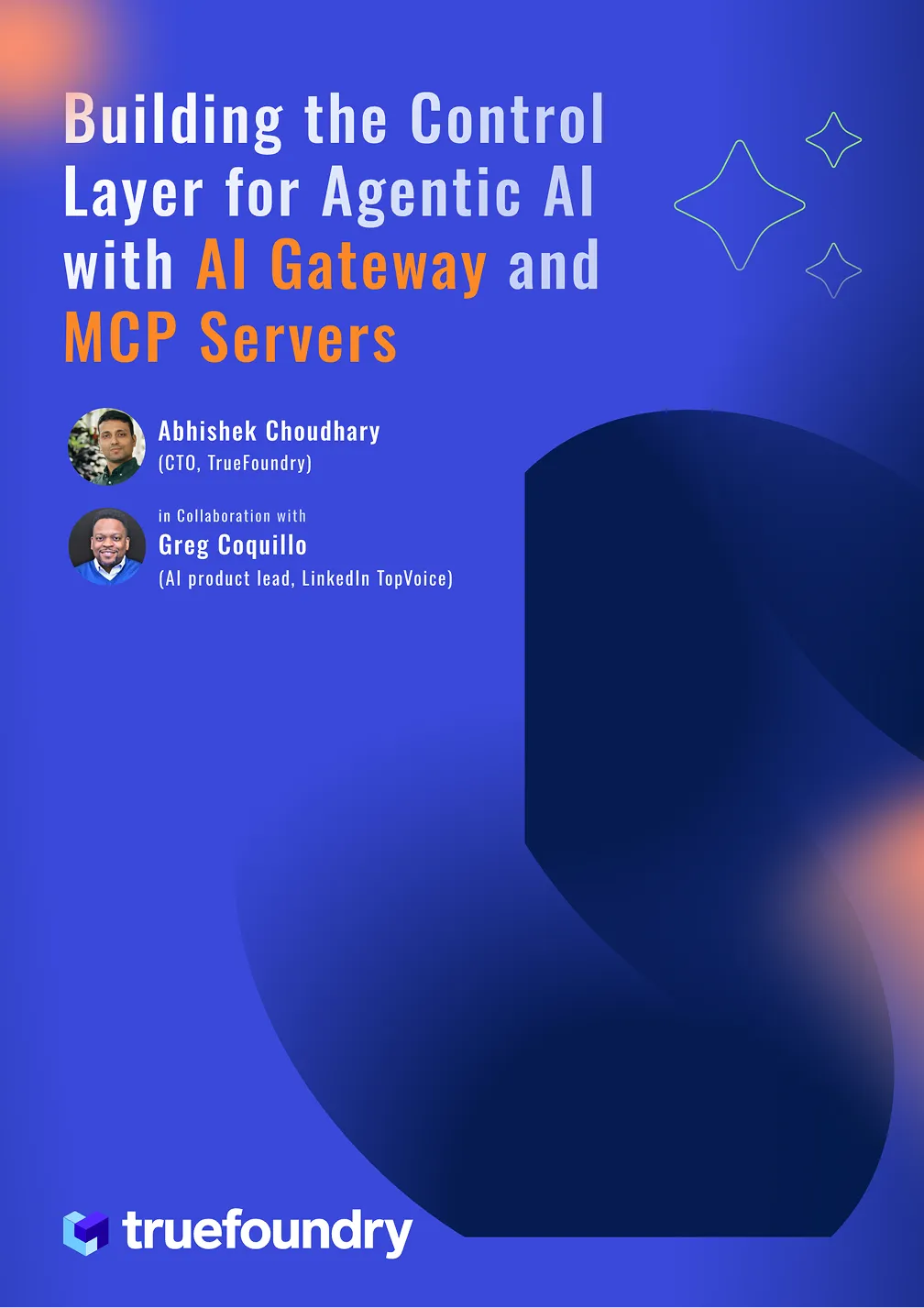Deploying Your First Langgraph Agent on TrueFoundry
In this guide, we’ll show you how to deploy a Langgraph agent on TrueFoundry, a platform designed to simplify AI deployment with minimal DevOps or MLOps expertise. TrueFoundry automates infrastructure management, scaling, and monitoring, allowing you to focus on deriving insights rather than handling deployment complexities. With just a few clicks, you can transform natural language requests into SQL queries and dynamic charts, making data exploration seamless and intelligent. No manual querying required!
If you would like to try this out directly, please visit the TrueFoundry platform and navigate to Live Demos and Langgraph-Streamlit: Live demo of our agent workflow
Architecture Overview
This project consists of several key components working together:
Query Agent
- Uses GPT-4o for natural language understanding
- Generates appropriate SQL queries for ClickHouse
- Executes the SQL query against a pre-configured database
- Returns the data in tabular format as input for the visualization agent
Visualization Agent: A second AI agent that
- Determines the most appropriate visualization type given the data
- Generates plots using matplotlib/seaborn
- Handles formatting and styling of visualizations
FastAPI Backend: RESTful API that
- Coordinates between agents using Langgraph
- Manages asynchronous job processing
- Serves plot images and results
Streamlit Frontend: User interface that
- Provides an intuitive query interface
- Displays real-time processing status
- Shows interactive visualizations
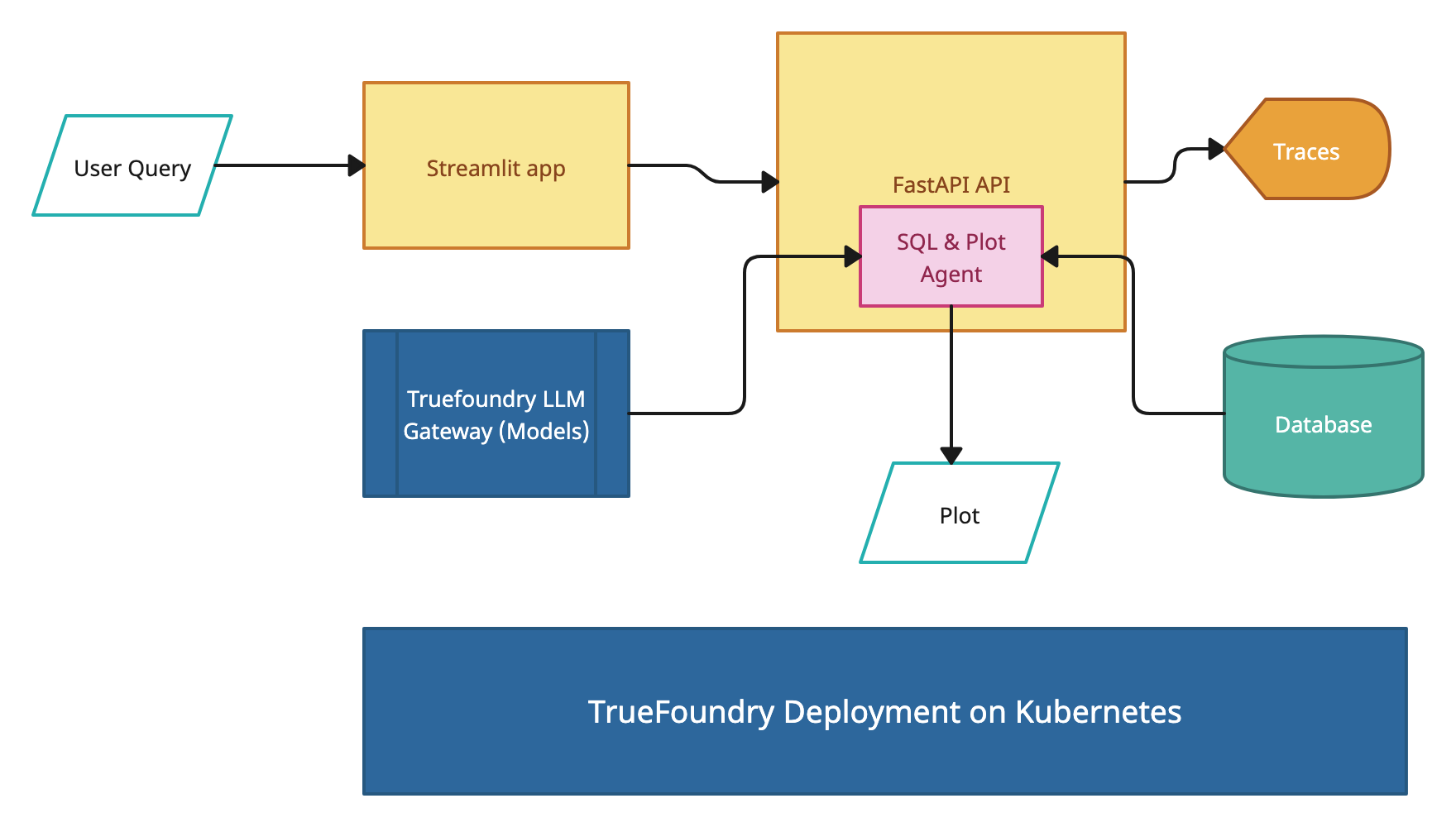
Data Flow
- User submits a natural language query through Streamlit UI
- Query is processed by the SQL Agent to generate SQL
- SQL is executed against ClickHouse database
- Results are passed to Plot Agent
- Plot Agent creates appropriate plots
- Results are displayed in Streamlit UI
Getting Started
Clone the Repository
First, navigate to the TrueFoundry Getting Started Examples repository and clone it:
git clone <https://github.com/truefoundry/getting-started-examples.git>Navigate to the Plot Agent Directory
Change into the plot_agent directory:
cd getting-started-examples/plot_agent/langgraph_plot_agentEnvironment Setup
To create and activate a virtual environment:
python -m venv venv
source venv/bin/activate # On Windows: venv\Scripts\activateInstall dependencies
pip install -r requirements.txtEnvironment Configuration
Copy the example environment file:
```bash
cp .env.example .env
```Create a .env file with your credentials
# Truefoundry LLMGateway Configuration if using Truefoundry LLM Gateway for calling models
LLM_GATEWAY_BASE_URL=your_llm_gateway_base_url_here
LLM_GATEWAY_API_KEY=your_llm_gateway_api_key_here
# OPENAI API Configuration if not using Truefoundry LLM Gateway
OPENAI_API_KEY=<your_openai_api_key_here>
# ClickHouse Database Configuration
CLICKHOUSE_HOST=your_clickhouse_host_here
CLICKHOUSE_PORT=443
CLICKHOUSE_USER=your_clickhouse_user_here
CLICKHOUSE_PASSWORD=your_clickhouse_password_here
CLICKHOUSE_DATABASE=defaultNote: When using the TrueFoundry LLM Gateway, the model ID format should be provider-name/model-name (e.g., openai-main/gpt-4o). Make sure your .env file contains the correct LLM Gateway credentials as shown in the Environment Configuration section.
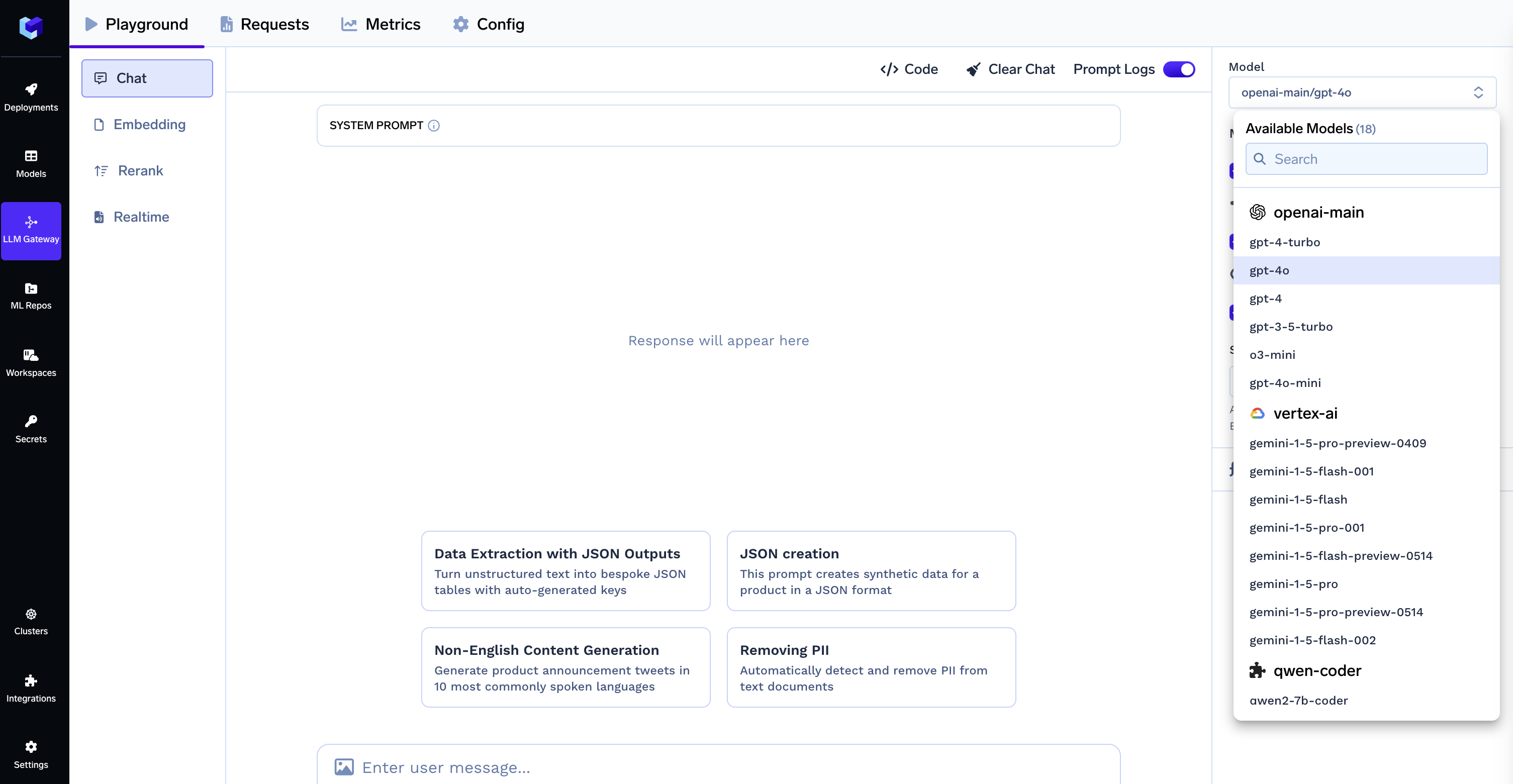
To get clickhouse credentials, create an account on clickhouse, sign in and create a service. After clicking the service you will see a connect button on the middle of left sidebar, which you can click to see the credentials as shown below. You can either create a database by uploading your files or use a predefined one.
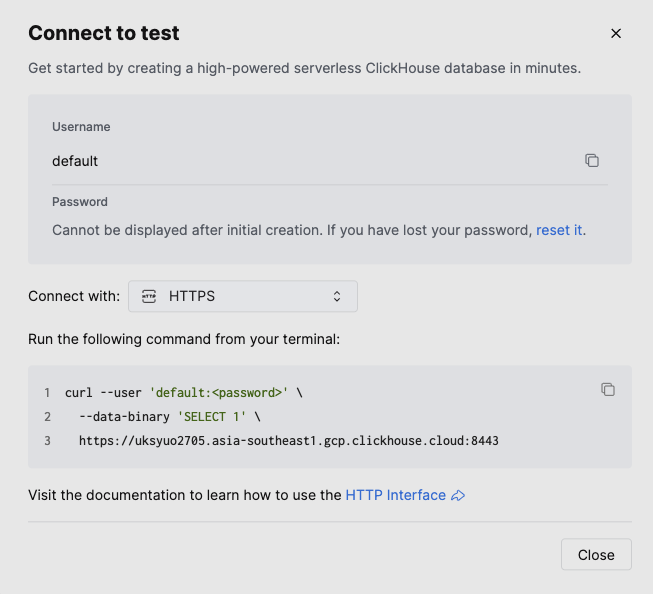
Langgraph Agent implementation
The project uses two Langgraph agents. If you prefer to use only openai then replace:
model=OpenAIChat(
id="openai-main/gpt-4o", # Format: provider-name/model-name
api_key=os.getenv("LLM_GATEWAY_API_KEY"),
base_url=os.getenv("LLM_GATEWAY_BASE_URL")
),With:
model=OpenAIChat(
id="gpt-4o", # Specify model here
api_key=os.getenv("OPENAI_API_KEY")
),Here’s how they’re configured:
class State(TypedDict):
messages: Annotated[list[AnyMessage], add_messages]
tools_list = [execute_clickhouse_query, create_plot]
def tools_condition_modified(state):
ans = tools_condition(state)
human_messages_id = [m.id for m in state["messages"] if m.type == "human"]
if ans == "tools":
return "tools"
else:
return "__end__"
def create_agent():
builder = StateGraph(State)
llm = ChatOpenAI(
model=os.getenv("MODEL_ID"),
api_key=os.getenv("LLM_GATEWAY_API_KEY"),
base_url=os.getenv("LLM_GATEWAY_BASE_URL"),
streaming=True # Enable streaming for the LLM
)
llm.bind_tools(tools_list)
# Define nodes: these do the work
builder.add_node("assistant", llm)
builder.add_node("tools", ToolNode(tools_list))
# Define edges: these determine how the control flow moves
builder.add_edge(START, "assistant")
builder.add_edge("tools", "assistant")
builder.add_conditional_edges(
"assistant",
tools_condition_modified,
)
builder.add_edge("assistant", "__end__")
agent = builder.compile()
return agent
agent = create_agent()
Running the Services
Start FastAPI server:
python api.pyStart Streamlit UI (new terminal):
streamlit run app.py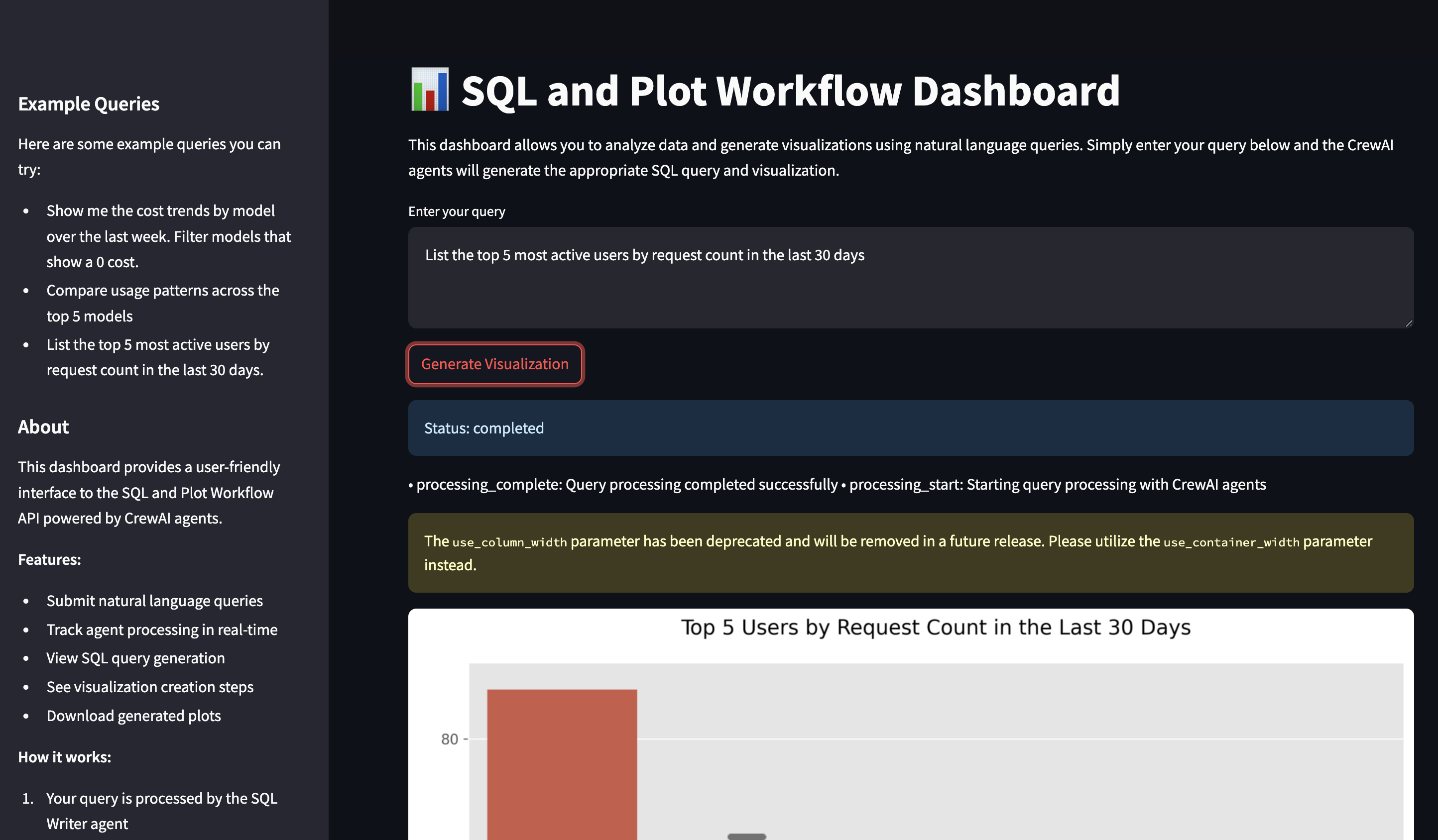
Deployment on TrueFoundry
Prerequisites
Install TrueFoundry CLI:
pip install -U "truefoundry"Login to TrueFoundry:
tfy login --host "<https://app.truefoundry.com>"
Deployment Steps
- Navigate to Deployments section in TrueFoundry.
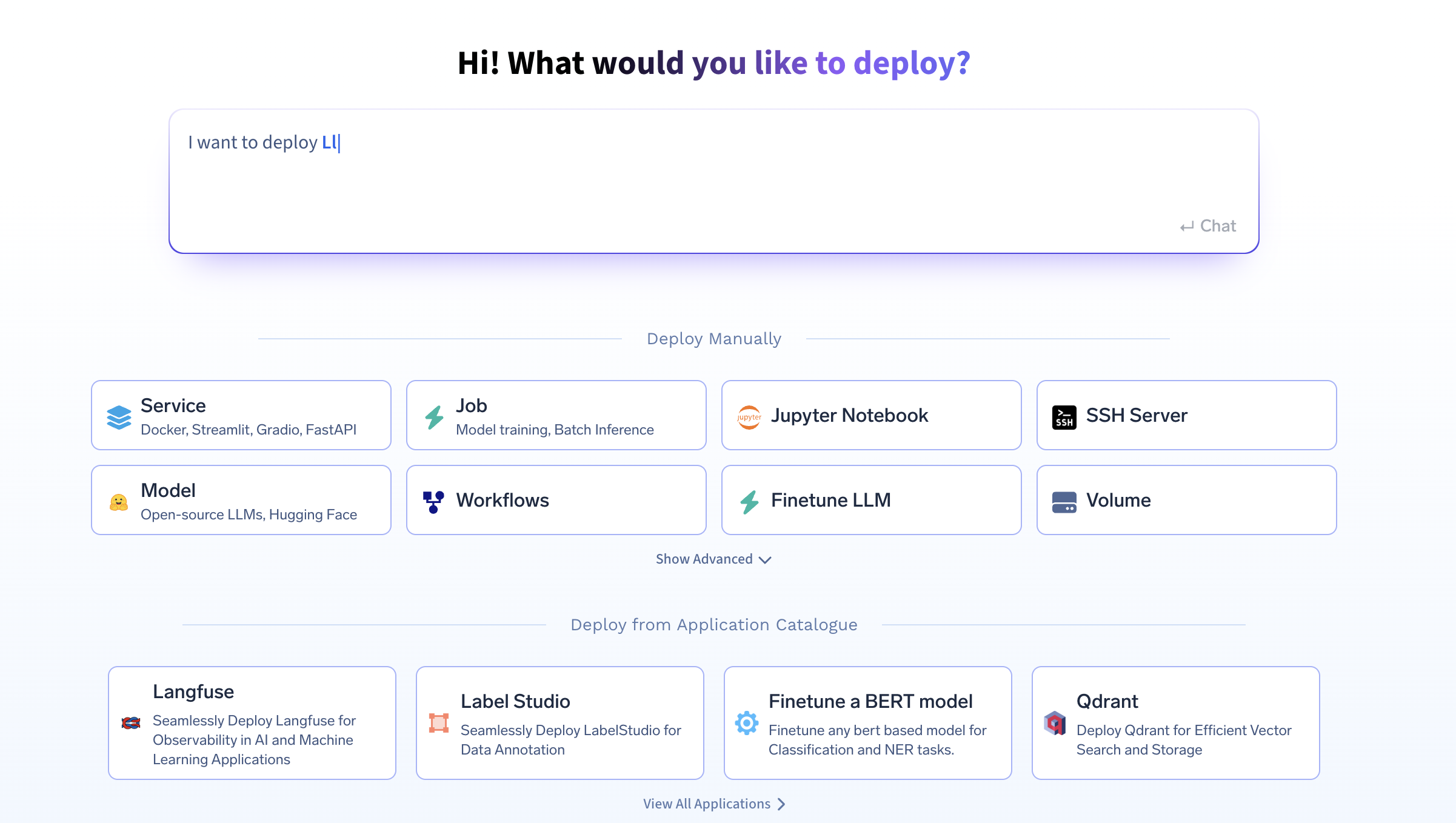
- Click Service at the bottom.
- Select your cluster workspace.
- You can deploy from your laptop, GitHub, or Docker. If deploying from your laptop, ensure you have completed the prerequisites above.
- The TrueFoundry platform will generate a deploy.py file and add it to your project. You’ll need to edit this file to add your environment variables. Find the env section in the generated file and add your credentials:
# In the generated deploy.py file, locate the env section and add your variables:
env={
# If using OPENAI
"OPENAI_API_KEY": "your_openai_api_key",
# If using LLM_GATEWAY
"LLM_GATEWAY_API_KEY": "your_llm_gateway_api_key",
"LLM_GATEWAY_BASE_URL": "your_llm_gateway_base_url",
"CLICKHOUSE_HOST": "your_clickhouse_host",
"CLICKHOUSE_PORT": "443",
"CLICKHOUSE_USER": "your_user",
"CLICKHOUSE_PASSWORD": "your_password",
"CLICKHOUSE_DATABASE": "default",
"MODEL_ID": "gpt-4o"
}, Make sure to replace the placeholder values with your actual credentials. Without these environment variables, your application will not function correctly.
- Run the deployment command:
python deploy.pyYour SQL and Plot Workflow API is now deployed and running on TrueFoundry!
- To confirm everything is working, you can send a test query using curl:
curl -X POST -H "Content-Type: application/json" \
-d '{"query": "Show me the cost trends by model over the last week"}' \
https://Langgraph-plot-agent-demo-8000.aws.demo.truefoundry.cloud/query If everything is set up correctly, you should receive a response like:
{
"job_id": "123e4567-e89b-12d3-a456-426614174000",
"status": "processing",
"message": "Query is being processed. Check status with /status/{job_id}"
} 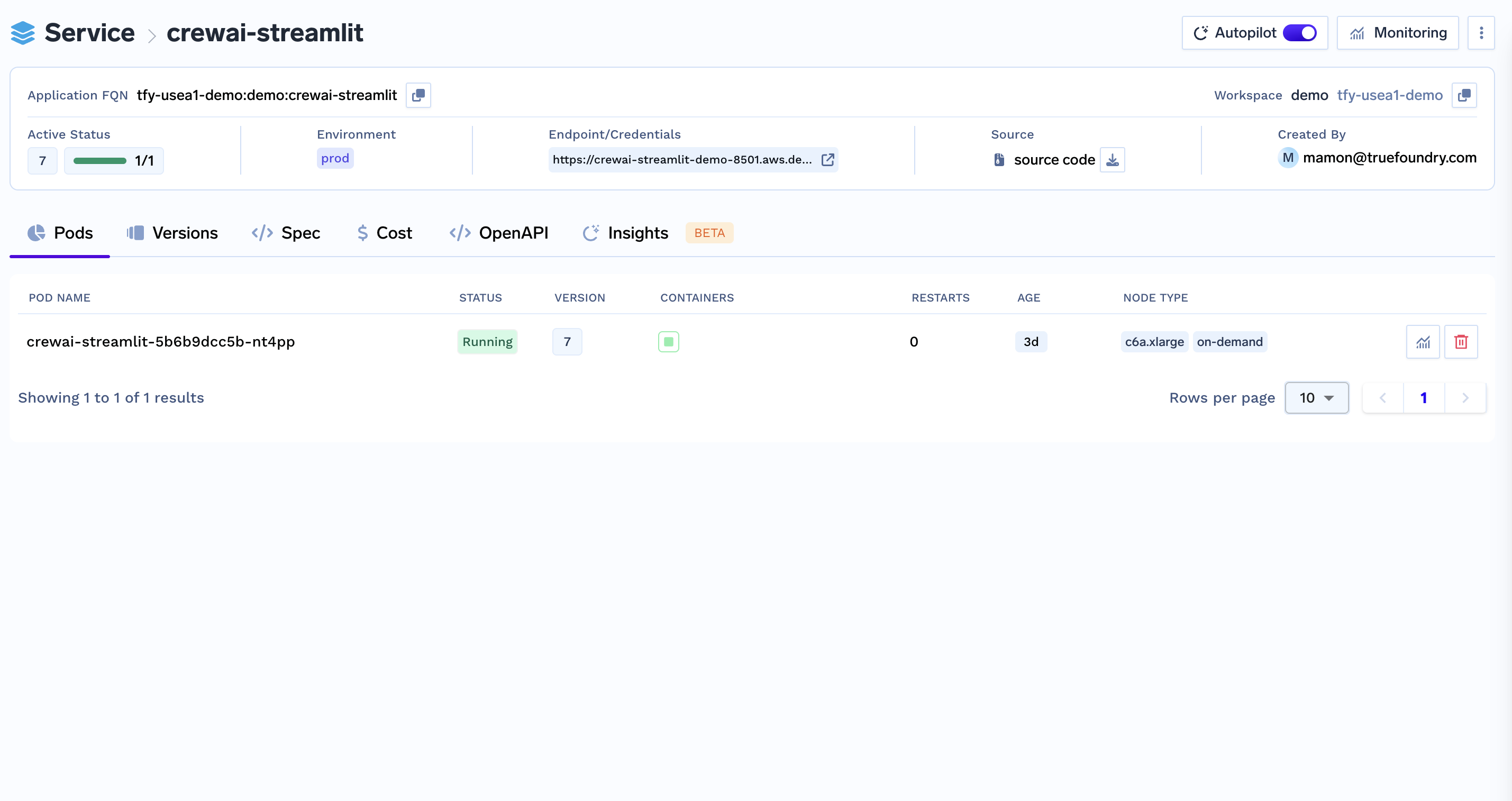
Monitoring and Management
Access the TrueFoundry dashboard to:
- Monitor resource usage
- View application logs
- Scale resources as needed
- Configure auto-scaling rules
Check application health:
- Backend health: /health
- API documentation: /docs
- Metrics: /metrics
Example Usage:
- Submit a Query via API:
curl -X POST "https://plot-agent-8000.your-workspace.truefoundry.cloud/query" \
-H "Content-Type: application/json" \
-d '{"query": "Show me the cost trends by model over the last week"}' - Via Streamlit UI:
- Navigate to the UI URL
- Enter your query in the text input
- View real-time query processing and results
API Endpoints
Submit a Query
curl -X POST http://localhost:8000/query \
-H "Content-Type: application/json" \
-d '{"query": "Show me the cost trends by model over the last week. Filter models that show a 0 cost."}'
Response
{
"job_id": "123e4567-e89b-12d3-a456-426614174000",
"status": "processing",
"message": "Query is being processed. Check status with /status/{job_id}"
}
Check Job Status
curl -X GET http://localhost:8000/status/123e4567-e89b-12d3-a456-426614174000
Get Plot Image
curl -X GET http://localhost:8000/plot/123e4567-e89b-12d3-a456-426614174000 --output plot.png Deploying Streamlit Separately
To ensure proper communication between FastAPI and Streamlit, you need to deploy Streamlit as a separate service on the TrueFoundry platform.
- Deploy the Streamlit frontend separately from FastAPI on TrueFoundry.
- Configure CORS in FastAPI:
from fastapi.middleware.cors import CORSMiddleware
app.add_middleware(
CORSMiddleware,
allow_origins=["*"],
allow_credentials=True,
allow_methods=["*"],
allow_headers=["*"],
) - Define an Environment Variable in Streamlit
Your Streamlit application should use an environment variable to point to the FastAPI backend: In your Streamlit environment configuration:
FASTAPI_ENDPOINT="https://langgraph-plot-agent-demo-8000.aws.demo.truefoundry.cloud"Then, modify your Streamlit app to read this environment variable:
import os
FASTAPI_ENDPOINT = os.getenv("FASTAPI_ENDPOINT", "http://localhost:8000")This ensures that Streamlit dynamically references the correct FastAPI instance.
4. Use seperate ports
If deploying locally or if TrueFoundry does not handle port conflicts automatically, ensure FastAPI and Streamlit run on separate ports.
Example:
FastAPI: https://langgraph-plot-agent-demo-8000.aws.demo.truefoundry.cloud
Streamlit: https://langgraph-streamlit-demo-8501.aws.demo.truefoundry.cloud
To run Streamlit on a different port locally:
streamlit run app.py --server.port 8501Add traces to your agent
Tracing helps you understand what’s happening under the hood when an agent run is called. You get to understand the path, tools calls made, context used, latency taken when you run your agent using Truefoundry’s tracing functionality by add very few lines of code.
You need to install the following
pip install traceloop-sdkAnd then add the necessary environment variables to enable tracing
"TRACELOOP_BASE_URL": "<your_host_name>/api/otel" # "https://internal.devtest.truefoundry.tech/api/otel"
"TRACELOOP_HEADERS"="Authorization=Bearer%20<your_tfy_api_key>"In your codebase where you define your agent, you just need these lines to enable tracing
from traceloop.sdk import Traceloop
Traceloop.init(app_name="langraph")
Final Notes
After deploying both services, make sure to:
- Test API connectivity from Streamlit to FastAPI.
- Update Streamlit’s
.envfile with the correct FastAPI endpoint. - Confirm CORS settings allow requests from Streamlit.
This ensures your SQL and Plot Workflow API functions properly across both services.
Built for Speed: ~10ms Latency, Even Under Load
Blazingly fast way to build, track and deploy your models!
- Handles 350+ RPS on just 1 vCPU — no tuning needed
- Production-ready with full enterprise support
TrueFoundry AI Gateway delivers ~3–4 ms latency, handles 350+ RPS on 1 vCPU, scales horizontally with ease, and is production-ready, while LiteLLM suffers from high latency, struggles beyond moderate RPS, lacks built-in scaling, and is best for light or prototype workloads.






